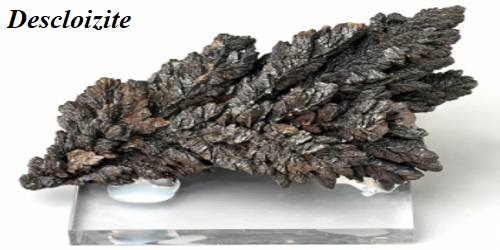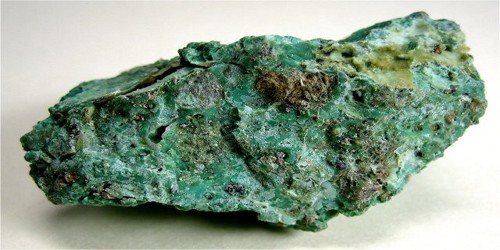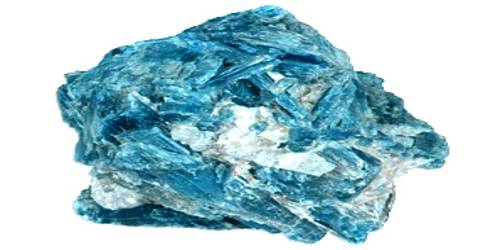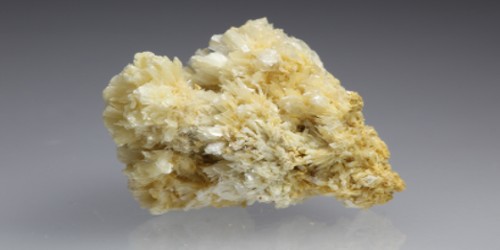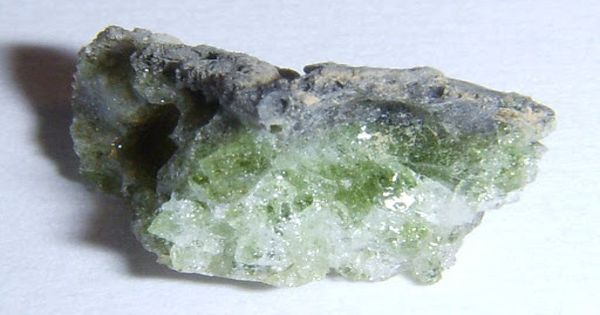Descloizite is a mineral consisting of a basic vanadate chiefly of lead and zinc and varying in color from cherry red to brown and black. It is a rare mineral species consisting of basic lead and zinc vanadate, (Pb, Zn)2(OH)VO4, crystallizing in the orthorhombic crystal system and isomorphous with olivenite. Its rarity and attractiveness are the reason for the typically high prices one would expect to pay for a fine specimen.
It was discovered in the Sierra de Córdoba deposit in Córdoba, Argentina in 1854 and named in honor of the French mineralogist Alfred Des Cloizeaux (1817–1897).
General Information
- Category: Vanadate mineral
- Formula: (Pb, Zn)2VO4OH
- Crystal system: Orthorhombic
- Crystal class: Dipyramidal (mmm)
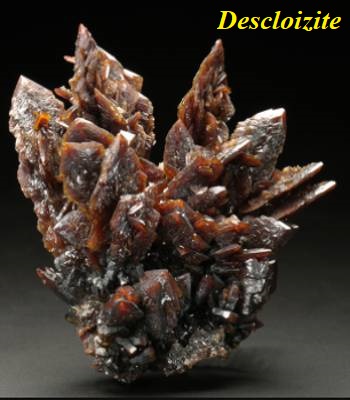
Properties
The color is deep cherry-red to brown or black, and the crystals are transparent or translucent with a greasy luster; the streak is orange-yellow to brown; specific gravity 5.9 to 6.2; hardness 3.5. A variety known as cuprodescloizite is dull green in color; it contains a considerable amount of copper replacing zinc and some arsenic replacing vanadium.
- Color: Brownish red, red-orange, reddish to blackish brown, nearly black
- Crystal habit: Zoned tabular crystals common, encrustations and plumose aggregates
- Cleavage: None
- Fracture: Irregular, sub-conchoidal
- Tenacity: Brittle
- Mohs scale hardness: 3 – 3.5
- Luster: Greasy
- Streak: Orange to brownish red
- Diaphaneity: Transparent to opaque
- Specific gravity: 6.1 – 6.2
- Optical properties:: Biaxial (-)
Occurrence
It occurs as small prismatic or pyramidal crystals, usually forming drusy crusts and stalactitic aggregates; also as fibrous encrusting masses with a mammillary surface.
Descloizite occurs in oxidized portions of veins of lead ores in association with pyromorphite, vanadinite, wulfenite, mottramite, mimetite, and cerussite.
Other localities are the Sierra de Cordoba in Argentina; Lake Valley in Sierra County, New Mexico; Arizona; Phoenixville in Pennsylvania and Obir, Carinthia Austria.
Information Source:
